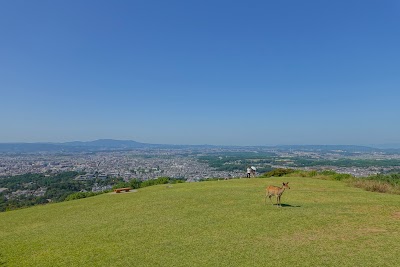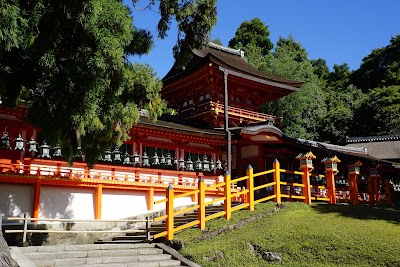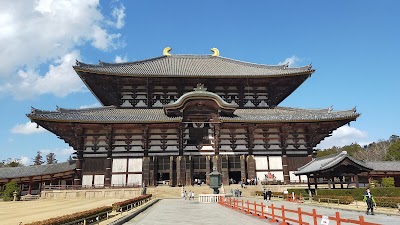Horyu-ji Temple (法隆寺)
Overview
Horyu-ji, also known as Hōryū Temple, is a stunning embodiment of Japan's ancient architecture and its deep-rooted devotion to Buddhism. Nestled in Ikaruga, Nara Prefecture, Horyu-ji is celebrated as one of the oldest wooden structures in the world, with origins tracing back to the early 7th century.
The Legacy of Prince Shōtoku
The establishment of Horyu-ji is intricately linked to Prince Shōtoku, a key historical figure renowned for his fervent promotion of Buddhism. Following the miraculous recovery of his father, Emperor Yomei, from a serious illness, Prince Shōtoku made a solemn vow to construct a temple dedicated to Shakyamuni Buddha. Although Emperor Yomei passed away before the temple's completion, Prince Shōtoku dedicated himself to fulfilling this sacred promise.
Construction and Architectural Significance
In 607 AD, Horyu-ji's construction began under Prince Shōtoku's guidance, drawing master craftsmen and artisans from across the region to create a temple of remarkable grandeur. The architectural style, known as Asuka-dera, incorporates influences from the Korean Peninsula and China, showcasing the rich cultural exchanges that shaped early Japanese Buddhism. Employing traditional wooden construction techniques, the temple complex has remarkably withstood the test of time.
Highlights of the Complex
One of the most striking features of Horyu-ji is its five-story pagoda, standing approximately 32 meters tall. This pagoda symbolizes a sacred axis connecting the heavens and the earth, with each story representing one of the five elements in Buddhist cosmology: earth, water, fire, wind, and void. A central pole, or shinbashira, extends from the foundation to the summit, providing essential stability and resilience against seismic activity.
Another key structure is the Kondo (Golden Hall), which houses some of Japan's oldest and most venerated Buddhist statues, including an impressive Shakyamuni triad created by the renowned sculptor Tori Busshi. The Kondo's architecture features broad, overhanging eaves and intricate carvings that highlight the exquisite craftsmanship characteristic of the Asuka period.
A Resilient Spirit
In 670 AD, the original temple complex suffered extensive damage due to a fire. However, the tenacity of the Japanese people ensured its restoration, which was completed shortly thereafter. The rebuilt structures have stood for over 1,300 years, with archaeological studies indicating that elements of the current buildings still contain portions of the original timbers.
Exploring Horyu-ji
Horyu-ji comprises two main areas: the Sai-in (Western Precinct) and the Tō-in (Eastern Precinct). The Western Precinct is home to the iconic pagoda and Kondo, while the Eastern Precinct features the Yumedono, or Hall of Dreams, an octagonal structure dedicated to Prince Shōtoku.
UNESCO World Heritage Site
In 1993, Horyu-ji's historical and cultural significance garnered international recognition when it was designated a UNESCO World Heritage Site. This honor underscores the temple’s vital role in preserving early Buddhist culture and architectural techniques, making it a profound symbol of Japan's rich heritage.
Today, Horyu-ji remains a sacred place of worship and a popular destination for both pilgrims and tourists. Its tranquil surroundings and ancient structures provide an intimate glimpse into the spiritual and architectural traditions that have shaped Japan over centuries. Visitors can marvel at the grandeur of its historical buildings while reflecting on the enduring legacy of Prince Shōtoku’s mission to propagate Buddhism throughout Japan.









